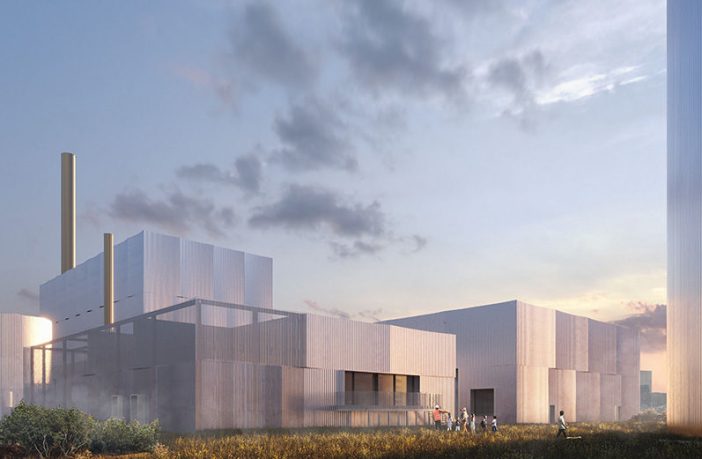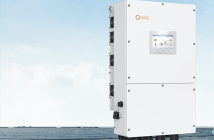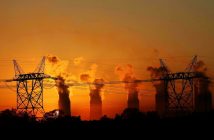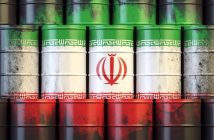- Switzerland-based tech corporation ABB has revealed it will provide integrated electrical infrastructure for the construction of a 50 MW seawater heat pump at the Danish port city of Esbjerg.
The heat pump will be provided by Germany-based MAN Energy Solutions SE – which is a supplier of large-bore diesel engines and turbomachinery for marine and stationary applications – and will be powered by wind farms located nearby.
The electro-thermal energy storage (ETES) heat pump is a large scale ‘trigeneration’ facility for the simultaneous storage, use, and distribution of electricity, heat, and cold. The system uses electricity to produce thermal energy that can then be used for heating or cooling or reconverted into electricity. It has an electrical input and output ranging from 2 to 5o MW and its storage capacity ranges from 10 to several hundred MWh.
Through this heat pump technology, electricity, heat, and cooling are no longer treated separately but become part of an overarching energy management system. In the process, ETES functions as a bridge between the electricity-supply and heating and cooling supply markets.
Stored cooling and heat from ETES can be distributed to different types of consumers. For instance, heat can be transferred to district heating, the food processing industry and laundry facilities. Applications for cooling, meanwhile, include data centers, ice hockey or skating arenas, and air conditioning for skyscrapers.
“ABB will deploy its complete electrical, instrumentation and control (EIC) package, motors and variable speed drives for the powerhouse of the heat pump, which will be the world’s largest seawater heat pump based on CO2 as refrigerant,” the company said in a statement. “With Esbjerg facing the UNESCO world heritage area of the Wadden Sea, the careful selection of the right pump was essential.”
“This project demonstrates how energy harvested from the increasingly important renewable [energy]sector can be harnessed outside of the power grid, and how essential sector-coupling will be to a decarbonized energy future,” said MAN Energy Solutions in a statement released in September. “With an overall heating capacity of 50 MW, the coming district-heating plant will supply around 100,000 local inhabitants with approximately 235,000 MWh of heat annually.”
Author: Emiliano Bellini
This article was originally published in pv magazine and is republished with permission.











